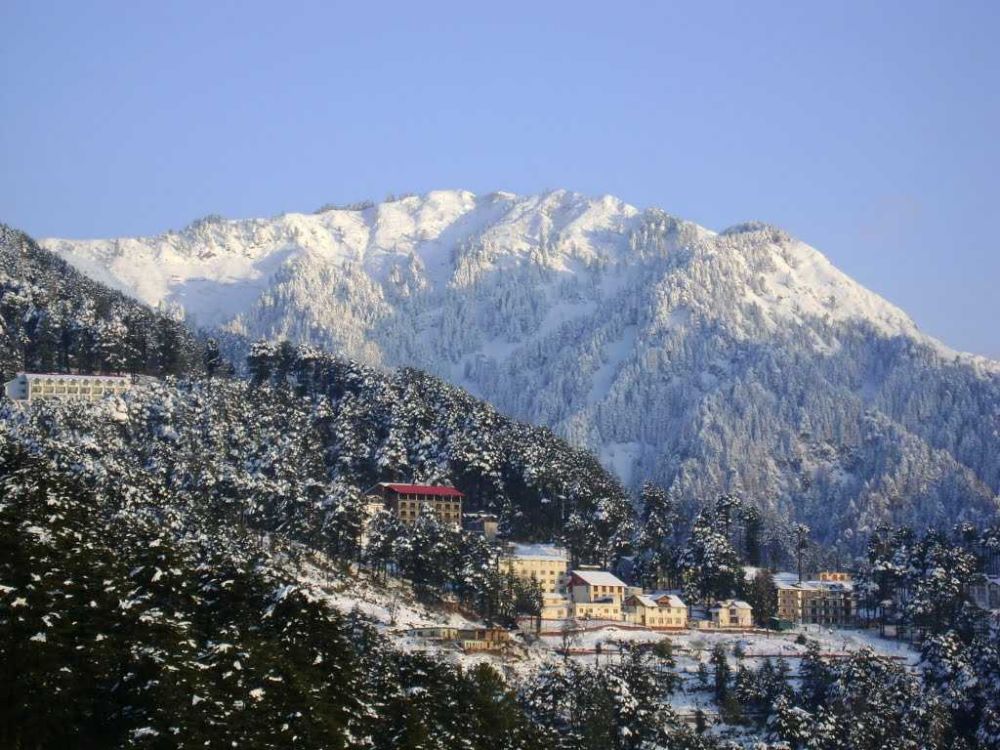

Uttarakhand, often referred to as the "Land of the Gods," is home to numerous pilgrimage sites and natural wonders that draw millions of tourists and devotees each year. Nestled amidst the majestic Himalayas, the Pushpawati River and Hemkunt Sahib stand as prime examples of the region's spiritual significance and breathtaking beauty.
The history of tourism in the area of Pushpawati River and Hemkunt Sahib has been integrally linked with pilgrimage and spirituality. The Pushpawati River, originating from the Tipra Glacier at the base of Gauri Parbat, has been a sight of serene beauty that has attracted nature enthusiasts and trekkers. However, it is the historical and religious significance of Hemkunt Sahib that has placed this region on the global map.
Hemkunt Sahib, also known as Gurudwara Sri Hemkunt Sahib Ji, has its origins steeped in the Sikh tradition. According to the holy scripture of Sikhs, Guru Gobind Singh Ji, the tenth Sikh Guru, meditated at this site in his previous life. It wasn't until the 20th century that the place was identified by Sant Sohan Singh and Bhai Vir Singh, which led to the eventual construction of the Sikh temple in the 1960s.
The establishment of the gurudwara marked the beginning of an organized pilgrimage known as 'Yatra' to Hemkunt Sahib. Starting as a small-scale journey undertaken by the devoted few, it has now transformed into a well-facilitated annual pilgrimage attracting thousands of visitors from around the world each year during the months of May to October, when the passage to the shrine is accessible.
In recent years, the areas surrounding Pushpawati River and Hemkunt Sahib have seen a rise in environmentally conscious and experiential travel. Tourists are seeking activities that combine the tranquility of nature with spirituality and adventure. Trekking to the Valley of Flowers, a UNESCO World Heritage Site near the Pushpawati River, has also gained popularity among tourists. Moreover, the growing trend emphasizes sustainable tourism practices to preserve the local ecosystem and minimize human impact on these sacred sites.
Infrastructure development has been a crucial aspect of the latest tourism trends, with better roads, more comfortable lodging options, and improved emergency services making the Yatra to Hemkunt Sahib more accessible. The introduction of Helicopter services for pilgrims has made the journey much easier for those unable to trek the challenging route.
Cooperative efforts between the government and non-profit organizations aim at providing amenities that balance the religious significance of the place with the demand for better tourism infrastructure. The establishment of eco-friendly practices and waste management systems are ongoing efforts to protect the delicate environment.
As we advance, the intertwining of faith, nature, and cultural understanding remains central to the tourism narrative around Pushpawati River and Hemkunt Sahib. Ensuring the conservation of these divine and natural treasures alongside the growing tourism industry poses a challenge that the stakeholders are continuously striving to meet, ensuring that visitors can experience the sublime beauty and spiritual aura of this region for years to come.